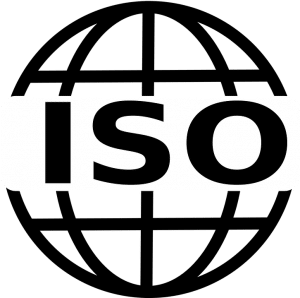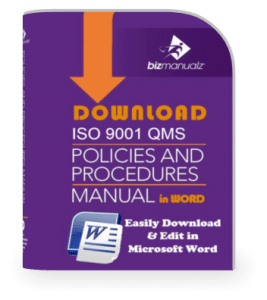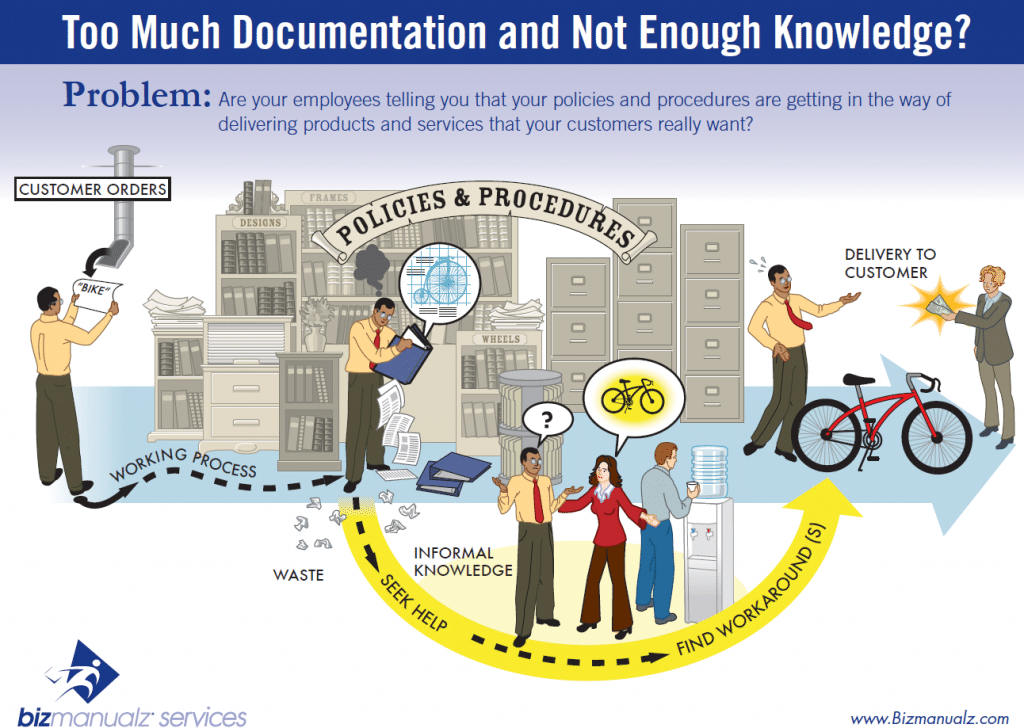How to Implement ISO 9001 Clause 5 & 7 Leadership and Resources

If your are Starting ISO Certification, you will be moving into implementation. You will need to have already established a Quality Management System (QMS) that meets the basic general requirements described in Clause 4, plus implemented the continual improvement processes described in Clause 9 and 10. Now is a good time to begin Implementing ISO 9001 Clause 5 & 7 Leadership.
ISO 9001 Leadership and Resources
By breaking the implementation into stages, the process becomes more manageable and less overwhelming. First we built the foundation processes, followed by continual improvement process, and now we address the management and resources process.
| Phase One | Foundation Processes (ISO 9001 Clause 4) |
| Phase Two | Continual Improvement Processes (ISO 9001 Clause 6 and 10) |
| Phase Three | Management Resources (ISO 9001 Clause 5 and 7) |
| Phase Four | Data Management (ISO 9001 Clause 8) |
Meeting Quality standards with ISO 9001 leadership focuses on implementing the requirements of Clause 5 – Leadership and Clause 7 – Support. While there are a number of required documents we created (currently in draft form) to meet requirements of Clauses 4, 9 and 10, Clauses 5 and 7 are long on stated requirements (”Top Management shall … ,” “The organization shall … “), but they have few required documents.
Management Commitment is Vital to ISO 9001 Success
In Clause 5, the responsibilities of meeting the requirements of the ISO 9001 QMS are squarely on the shoulders of top management. Those who are familiar with how organizations tend to function know that the success or failure of any organizational endeavor depends on management commitment.
Top Management
If top management is ultimately responsible for the QMS. If they do not see the QMS as important or a priority, it becomes starved for resources and eventually dies. Whatever top management focuses on, however, becomes a priority for the whole organization. This is certainly true for implementing, maintaining, and improving the ISO 9001 QMS.
Management Review
There are few documentation requirements relating to Management Review in Clause 9, including a management review meeting record. Otherwise, there is the Quality Policy showing management’s commitment and responsibility. Most of the requirements are generalized to providing evidence of commitment.
ISO 9001 Application Depends on the Organization
Many organizations struggle with general “shall statement” requirements . In contrast with specific, straightforward requirements (for example, Internal Audit includes responsibilities and requirements for planning and conducting internal audits, establishing records and reporting results), these more general “shall statements” require organizations to come up with their own method of compliance.
One way to deal with these less specific requirements is to convert “shall statements” into questions. Top management has to answer the question, “How do we ensure appropriate communication processes are established and that communication takes place regarding the effectiveness of the QMS?” according to clause 7.4.
The formal language in the standard seems intimidating and adds to the difficulty. Appropriate communication processes? But most organizations have communication processes; it is just a matter of recognizing them and being aware that those activities meet a requirement of ISO 9001.
For example, perhaps you have monthly department head meetings, and departments have weekly staff meetings. Perhaps you have an on-line or a printed quality newsletter. These are all communication processes.
Focus on ISO Compliance – Not Unnecessary ISO Documentation
So in a sense, implementation is about reviewing and considering ISO requirements in Clause 5 and Clause 7, and then recognizing how your organization meets them. That is how you become ISO 9001 compliant. You don’t have to have documents in order to comply, unless you feel they are important for the needs of your organization. Simple narratives will do just fine. Just be able to explain your answer.
Obviously, as you work through this, when you recognize a weakness or an area of non-compliance, then it may be time to implement new or altered methods. But as in our communication example, frequently organizations are doing things that comply with the requirements, it is just a matter of being cognizant of them, plus knowing what evidence exists that verifies compliance.
Fulfilling the requirements of Clause 7, Support, requires a similar approach. Phrase the “shall statements” as questions and then give reflective responses. For Clause 5 and 7 you may want to capture these responses in notes for your own purposes or for training, but there is no requirement to do so.
In terms of compliance, just be sure you can answer the question appropriately when the internal or external auditor asks, and that other members of the organization give answers that are consistent with your compliance methods. Be aware, however, that after you give an auditor the answer, he or she will then seek objective evidence that you do, indeed, do things that way (such as meeting agendas, minutes, or collaboration from other interviewees).
Training Documents Are Important in ISO 9001
Let’s emphasize, however, the training documents in Clause 7.2 of the ISO 9001 QMS Requirements. Many ISO 9001 auditors agree that this is a common area of weakness among ISO 9001 certified organizations. So one focus of ISO 9001 QMS implementation should be creating a training document system where education, training, skills, and experience are captured to provide evidence of competence, as well as operational performance, which is used for evidence of training effectiveness.
In larger organizations this probably has to be handled at the department level, but there should still be consistency throughout the organization. This will require a systematic approach that is communicated through training, examples, templates, etc., to department leaders.
ISO 9001 Clause 5 & 7 Leadership and Resources
There is no simple advice or direct methods for complying with the requirements found in Clause 5 and Clause 7. It is as much about understanding and awareness and how managers use procedures or work instructions than it is about creating new processes and documentation. Each and every organization has to decide how they currently fulfill requirements, or how they will fulfill them (if they are currently unfilled).


















Leave a Reply